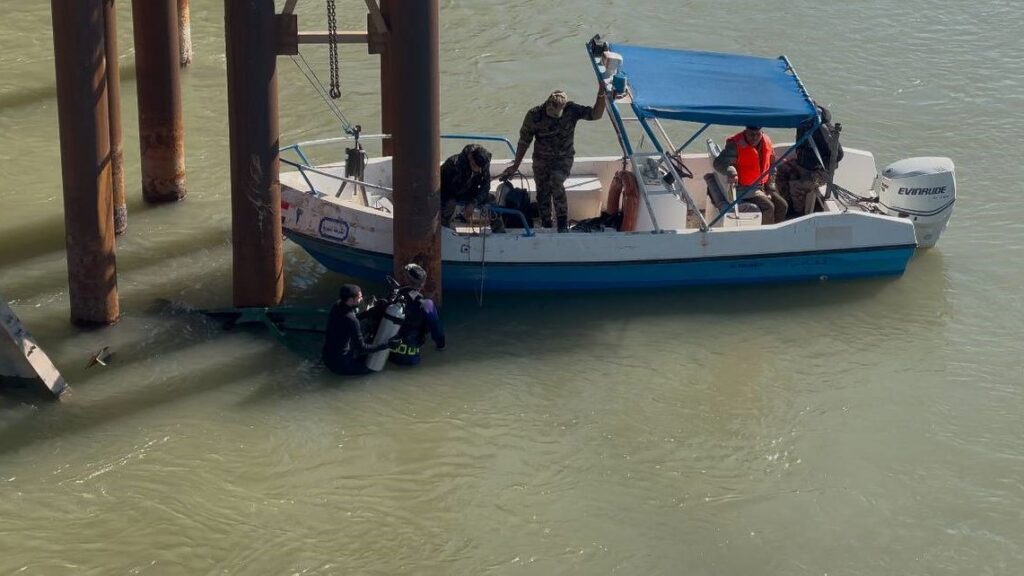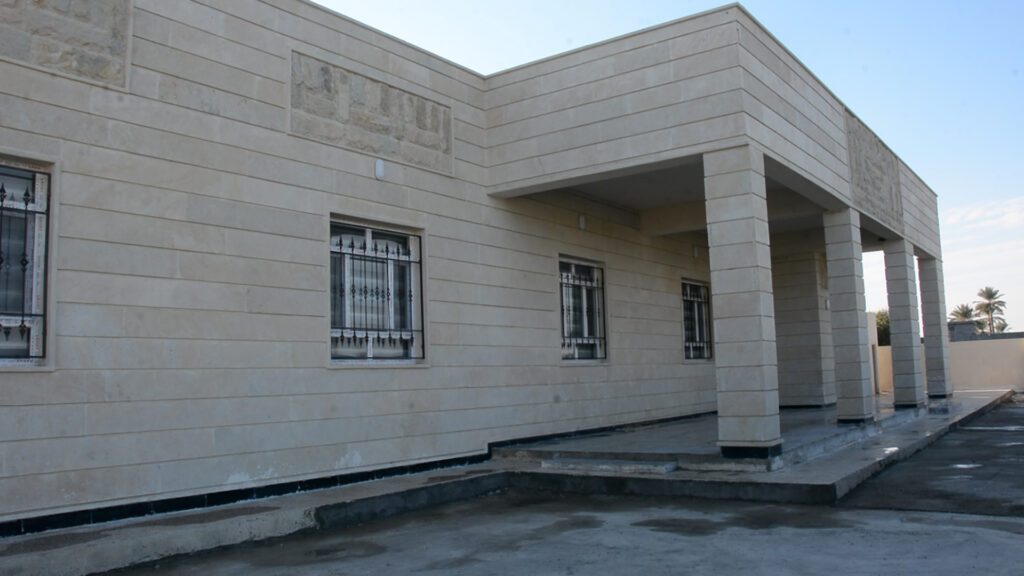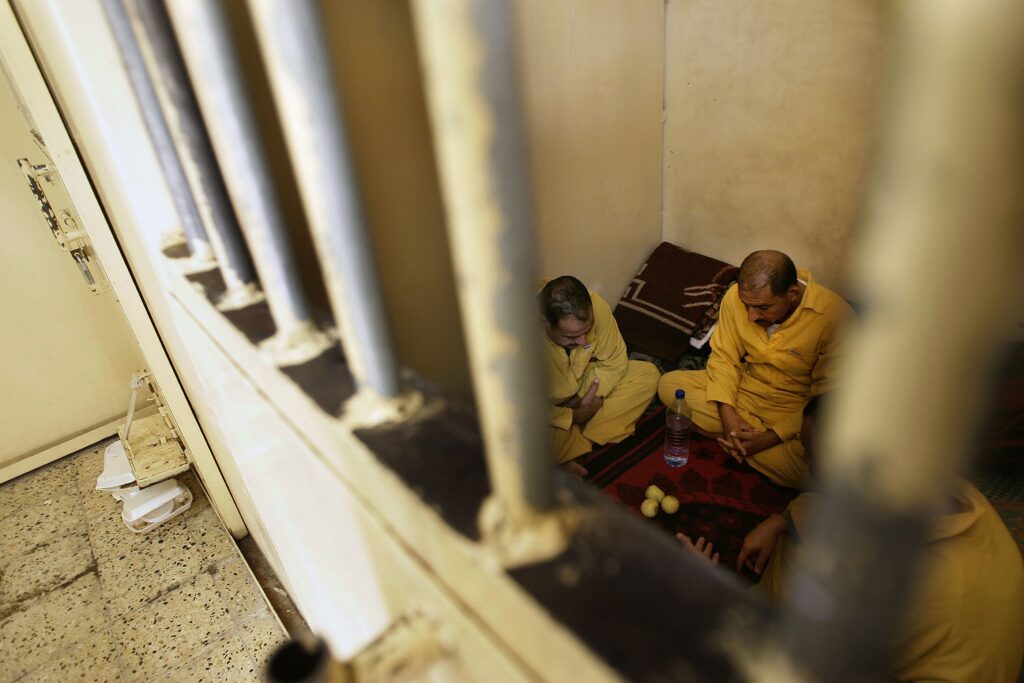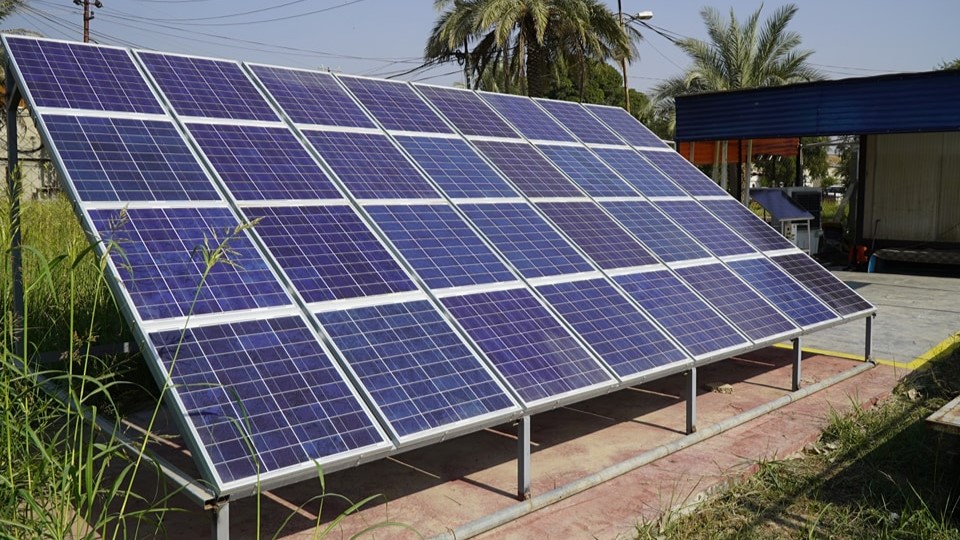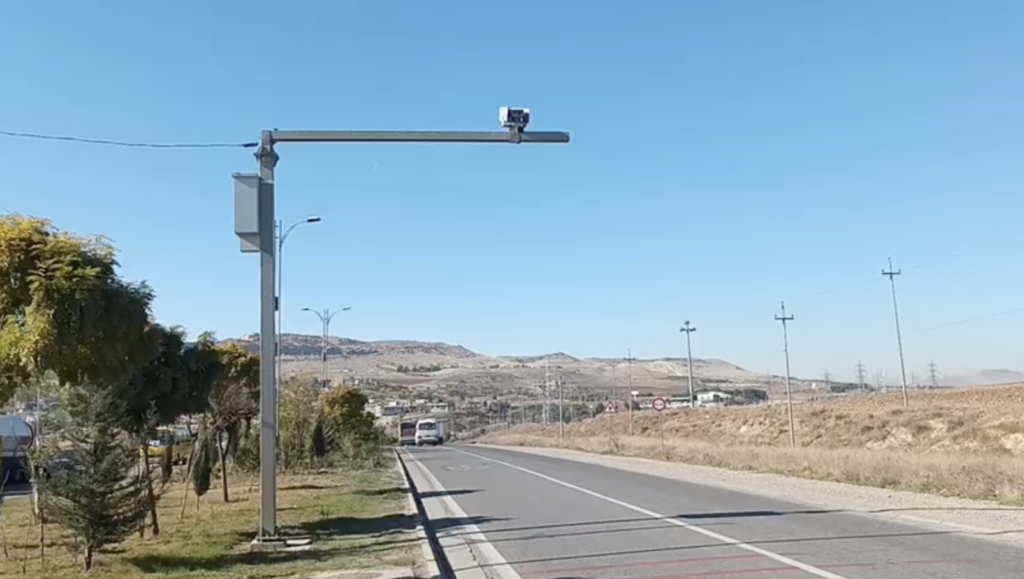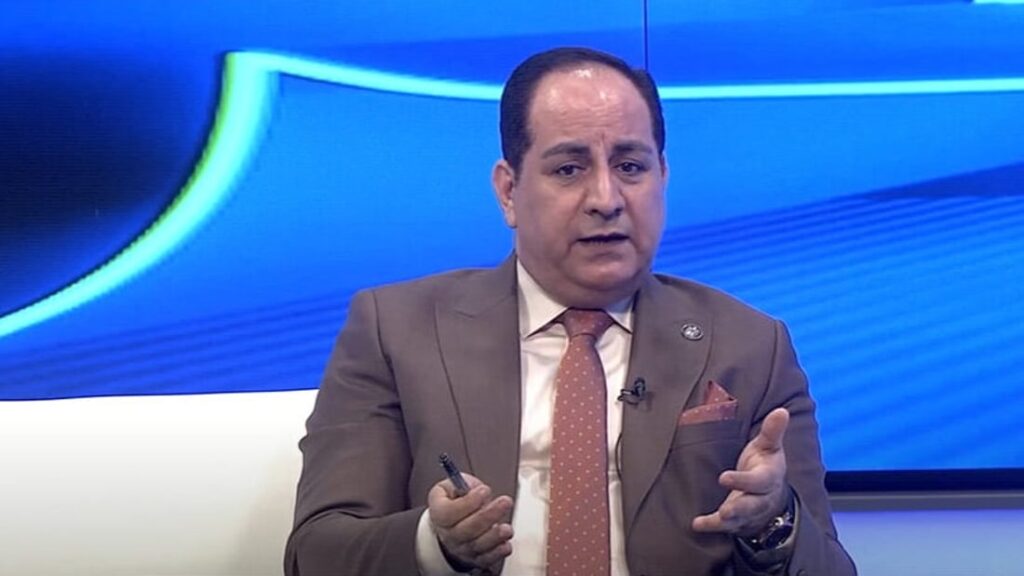Iraq: Humanitarian Implementation Plan (HIP) Iraq (ECHO/IRQ/BUD/2019/91000) - Year 2019 Version 2 – 23/04/2019
AMOUNT: EUR 38 000 000
The present Humanitarian Implementation Plan (HIP) was prepared on the basis of financing decision ECHO/WWD/BUD/2019/01000 (Worldwide Decision) and the related General Guidelines for Operational Priorities on Humanitarian Aid (Operational Priorities). The purpose of the HIP and its annex is to serve as a communication tool for DG ECHO's1 partners and to assist in the preparation of their proposals. The provisions of the Worldwide Decision and the General Conditions of the Agreement with the European Commission shall take precedence over the provisions in this document.
0. MAJOR CHANGES SINCE PREVIOUS VERSION OF THE HIP
Modification 1 – April 2019
The humanitarian crisis in Iraq is moving into a new phase. Attacks by armed groups continue, resulting in new or secondary displacement, and impacting on IDPs returns.
New sources of instability are emerging linked to rising poverty rates, lack of reconciliation at community level, and political and social tensions. According to the 2019 Humanitarian Response Plan (HRP) for Iraq, an estimated 6.65 million people are still in need of humanitarian assistance. Approximately two million people remain internally displaced; of those, over 450 000 are still living in 109 camps fully dependent on assistance from relief agencies to meet their basic needs (IOM-CCCM Cluster).
Additional investments in infrastructure and services are needed so that at least the most basic humanitarian standards are met. The number of individuals in protracted displacement and the time-span of their displacement may be higher than expected, resulting in increased levels of vulnerabilities in 2019.
This situation could be further aggravated by the influx of Syrian refugees in northern Iraq, as a result of increasing tensions in North-East Syria, and by the arrival of a large number of Iraqis, mostly women and children, from areas previously controlled by the Islamic State (IS) in Syria. In particular, close to 31 000 Iraqis currently residing in Al Hol camp in North-East Syria are expected to be repatriated to Iraq shortly (OCHA).
Additional humanitarian funding would be critical to enable humanitarian partners to scale-up their response in a timely and effective manner, and deliver essential humanitarian assistance, basic services and protection, in line with the HIP 2019 priorities.
The European Commission has allocated an additional amount of EUR 8 million of humanitarian funding to enable humanitarian partners to scale-up their response in a timely and effective manner, and deliver essential humanitarian assistance, basic services and protection, in line with the HIP 2019 priorities.
This additional amount will help responding to the funding requests received under Allocation Round 1. As a result, there will be no new Allocation Round for this additional funding.
- CONTEXT By early 2018, the large-scale military campaign undertaken by a coalition of Iraqi and international forces since late 2016 had been completed, with the whole of the territory previously held by the Islamic State group (IS) fully retaken. Despite these territorial gains, there have been limited investments in areas of return, with recovery and rehabilitation activities constrained by highly politicised processes. Governmental services have resumed, but have left gaps among those most in need in limited pockets of territory where IS-associated groups remain active. The general context remains fragile, with steady risks of conflict and a high level of displacement. On 25 October 2018, the Iraqi Council of Representatives confirmed Mr Adel Abdul Mahdi as the new Prime Minister of the country and appointed 14 ministers to the new Iraqi government. This marked a key milestone in the country's new government formation process and should help in further stabilising the situation and in addressing the numerous challenges to meet the basic needs of the population.
After the conduct of hostilities, protection of civilians continues to be a major challenge: in retaken areas, locations of displacement and return, and in detention. Insecurity, limited livelihood opportunities and lack of basic services and recognition of Housing, Land and Property rights (HLP) are indicated as main obstacles to return. Forced returns are reported, as IDPs are evicted from certain areas while a camp consolidation process is underway, leading to the closure of some camps. Iraqi families allegedly affiliated with the IS are subjected to threats, restrictions in their freedom of movement, forced evictions, confiscation of civil documentation, destruction of homes, and denial of return.
The return rate is below expectations with over 600,000 IDPs staying in camps2 . The number of individuals in protracted displacement and the time-span of their displacement may be higher than expected, resulting in higher vulnerabilities in 2019.
DG ECHO's Integrated Analysis Framework for 2019 identified moderate humanitarian needs in Iraq. The vulnerability of the population affected by the crisis is assessed to be high. Additionally, according to the INFORM Crisis Index, the country has both the highest conflict intensity score (3/3) and uprooted people index (3/3).

